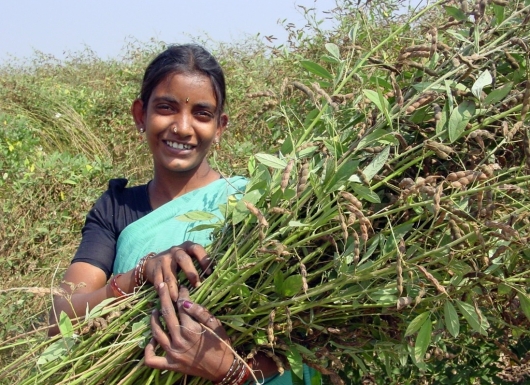Submitter: (ICRISAT)
The seedling transplanting method is emerging as a climate-resilient technology (CRT) and has substantial potential to increase pigeonpea productivity. The transplanting method of pigeonpea enables farmers to grow the crop in protrays in advance and help in the timely sowing of pigeonpea by utilizing the available resources, especially catching the benefit of first rainwater.

Main components and why it is useful? Bullet points summarizing methods, tools, and value added.
The promising medium-duration cultivars allow smallholder farmers to plant kharif pigeonpea and enable them to take the second crop in the rabi season. Efficient landform management practices, such as planting on ridges & furrows and broad bed furrows, will be crucial CRT for realizing pigeonpea potential yield.